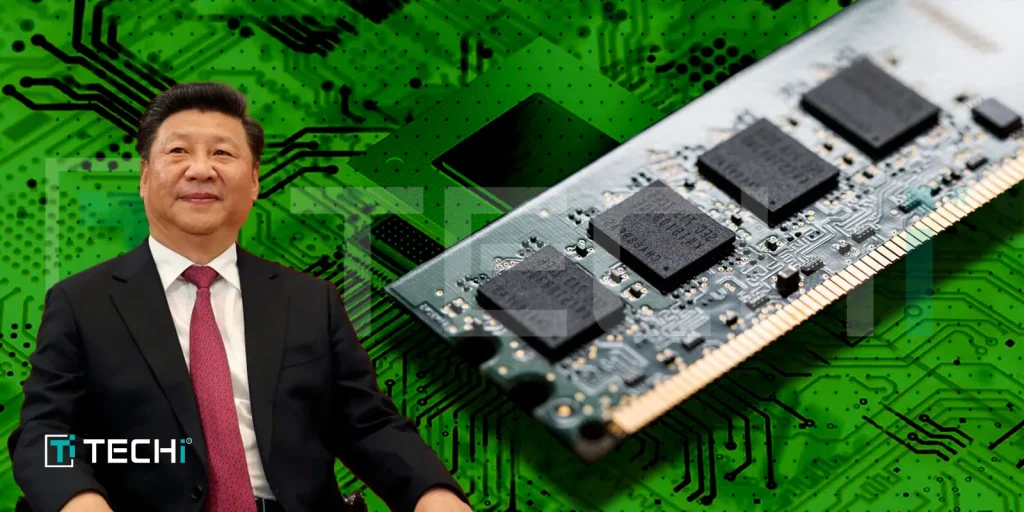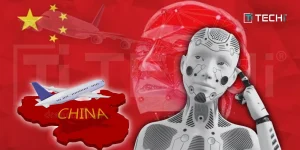Taiwan has been for decades and is the most important chip supplier for manufacturing electronics worldwide. It is the sole country supplying the very semiconductors needed across the globe, powering everything from smart phones to cars. However, in the world of changing technology, dominance does not last long. China rapidly expands its semiconductor industry with large state support and aggressive pricing policies, and thus, Taiwan is losing its grip on the legacy chip market.
The legacy chip industry in Taiwan, once unrivaled in dominance, has now been under a mounting pressure by China’s aggressive drive to increase its share in the mature node semiconductor market. A big player in Taiwan’s chip sector, Powerchip Technology learned this first hand at the failure of its joint venture with Hefei in 2015 to establish Nexchip, which turned into a masquerade rivalry. Today, Nexchip, together with other Chinese foundries like Hua Hong and SMIC, is stepping up the race through steep discounts and hefty government support to reshape the future of Taiwan’s $56.3 billion legacy chip industry. Taiwan’s industry now stands at a crossroad, they have the option to either adapt, specialize, or be outdone by the growing China.
China’s Chip Market Expansion:
The Chinese foundries are now benefitting from the American trade restrictions regarding high-end chip-making technologies by concentrating on mature node chips. These mature node chips involve those made using 28 nm processes or above. Taking into consideration the still considerable state funding backing, the foundries can offer the lowest prices with production expansion aggressively. As for TrendForce, by 2024, China was to hold 34% of the total global mature node manufacturing capacity, while Taiwan was at 43%. Future estimates would, however, indicate that China will be having a greater portion than Taiwan by 2027, this situation would, again, be a threat to Taiwan’s long standing leadership in the field.
The government of China’s support would strengthen localization and provide incentives for many Chinese customers, such as those in consumer oriented products like display panels to be dumped to domestic suppliers. Increasing tension is arising from Taiwanese chip designers as customers are asking them to have their products fabricated in Chinese Fabs. Then, this will soon be difficult for Taiwanese foundries in maintaining their dominance in the market.
Impact on Taiwanese Foundries:
As Chinese companies increase the production while also lowering their prices, the effect seems not to spare the major foundries in Taiwan, namely Powerchip, UMC, and Vanguard International. Frank Huang, chairman of Powerchip said, “Mature-node foundries like us must transform; otherwise, Chinese price cuts will mess us up even further”. He reaffirmed that transformation is needed, or else the suitors would walk away with more market erosion.
UMC, likewise responded by entering into a partnership with Intel to get beyond chip e-making, while Powerchip is shifting itself toward the new 3D stacking technology which incorporates logic and DRAM chips for better performance and efficiency. As mentioned by Huang that, “they plan to reduce their work on display driver and sensor chips, which are largely used in the Chinese market, and shift focus towards 3D stacking, a technique that integrates logic and DRAM memory chips to improve computing performance and reduce power consumption”. Another silence over strategic direction is owned by Vanguard, most likely he has been under similar pressure.
Rise of Geopolitical Tensions:
This has been better for Taiwanese companies while the trade war between U.S and China has made it more difficult for Chinese foundries to acquire advanced semiconductor technology. Some Western customers are voluntarily avoiding China for chips, looking for alternatives in Taiwanese manufacturing. An executive from a chip design firm based in Taiwan remarked that starting in 2023, overseas clients have started to ask for production based outside China, thus along the paths that are developing a gap in global supply chains of semiconductors. An executive from a chip design company in Taiwan, spoke on condition of anonymity because of the sensitivity of the situation, said they had been receiving more orders from international customers asking to make chips outside China since 2023.
However, the new forms of problems could be added by the possible changes in the policies of the USA. Donald Trump has talked about upping tariffs on the semiconductors produced outside the United States to even 100%, such an act could spoil the efforts Taiwan is making to draw foreign business.
Shift in Taiwan’s Chip Market:
Although facing rising threats from potential competitors, Taiwan’s traditional chipmakers are able to rely on process stability and production yields. However, as Chinese foundries continue to expand aggressively and offer undercut prices, the Taiwanese semiconductor industry should turn toward more advanced technologies to remain competitive. Galen Zeng, a senior research manager at global market intelligence firm IDC, said “Taiwanese chip designers and foundries were likely to specialize their processes and diversify away from legacy chips, although their profitability would still be hit by Chinese competition in the medium-term”.
For Powerchip, the future lies in reducing reliance on display driver and sensor chips, which are products that are highly related to the Chinese market, and instead investing in advanced technologies. Although the company still owns a stake of 19% in Nexchip, it has distanced itself from management and accepts the limitation of competition in an increasingly localized supply chain in China. Huang said, “For chips that will be used in China, we won’t be able to do the business… We must exit, otherwise, there’s no way to survive”.
Taiwan’s traditional chip industry has been at a crossroads. Although geopolitical tensions and rescaling supply chains yield certain opportunities, relentless spread of the Chinese foundries is forcing reconsideration into the Taiwanese strategy. Whether it is through the paths of technology innovation or diversification or geopolitical alignment, the leaders of Taiwan’s semiconductor will need to adapt to pass through this rapid transformation and secure their places in the future of global chip manufacturing.
Read More: China’s New Tech Star? DeepSeek AI’s Founder Gets a Hero’s Welcome




